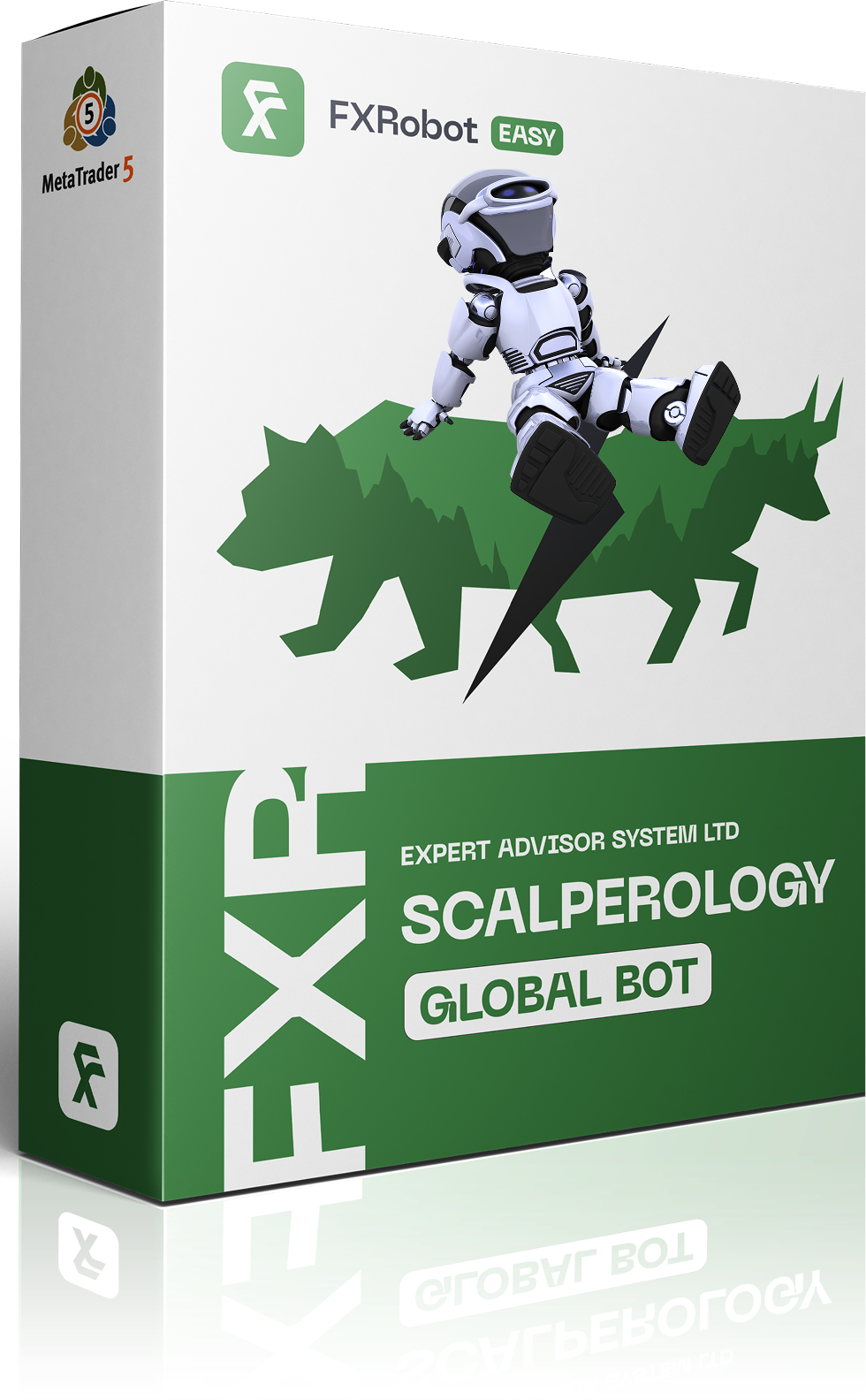At this time, purchasing EASY Bot items is not available to all members. Read more - how to get access to purchase
Trading Bot
6posts
What is a Trading Bot?
Types of Trading Bots
Examples of Notable Trading Bots
Benefits of Using Trading Bots
Risks Associated with Trading Bots
Conclusion
Betconix.com presents itself as a versatile crypto exchange, offering a range of features including a user voting system and an AI-powered trading bot. With over 75,000 users and plans for additional services like margin trading and yield farming, the platform aims to cater to diverse cryptocurrency needs. This review will analyze user feedback and assess the platform's strengths and weaknesses....
ProfitTrailer B.V. is a highly rated crypto trading bot with a 4.1 out of 5 rating. This review delves into its features, user experiences, and the varying levels of satisfaction among users. Gain insights on how this software can assist traders in achieving profitability and community support available....
Satoshi Bot is a leading cryptocurrency trading bot, rated 4.8 out of 5 based on 408 reviews. Users praise its usability and effectiveness, while some express concerns over customer support. This article delves into the details of the platform, offering insights into its operation and reputation in the crypto trading community....
This article explores TradeCryptoNFTs.com, an AI trading bot platform that claims to boost profits effortlessly. Despite its promises of advanced trading technology and a user-friendly interface, the platform holds a concerning rating of 0.0 from user reviews. We delve into the operational claims, market competition, and implications for potential users....
Cryptokamer claims to offer a user-friendly, full-service crypto trading bot with an attractive yield. However, with an alarming 0.0 rating based on no reviews, we investigate the legitimacy of its operations. This article uncovers the potential pitfalls and unverified promises behind Cryptokamer.nl....
OctoBot is a unique open-source trading bot that allows cryptocurrency investors to automate their trading strategies across multiple exchanges. With its user-friendly interface and emphasis on transparency, OctoBot stands out as a robust option in a saturated market. This review will explore its features, user ratings, and potential pitfalls, ensuring that you have all the information necessary to optimize your trading experience....







